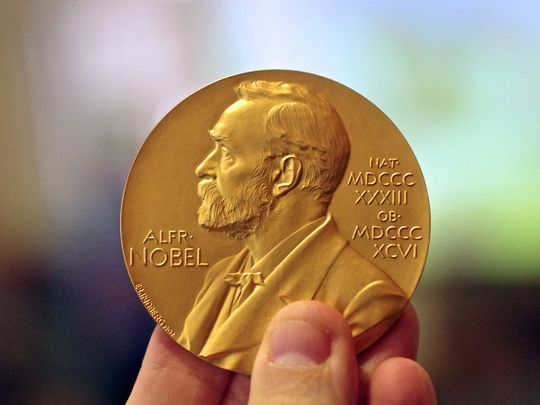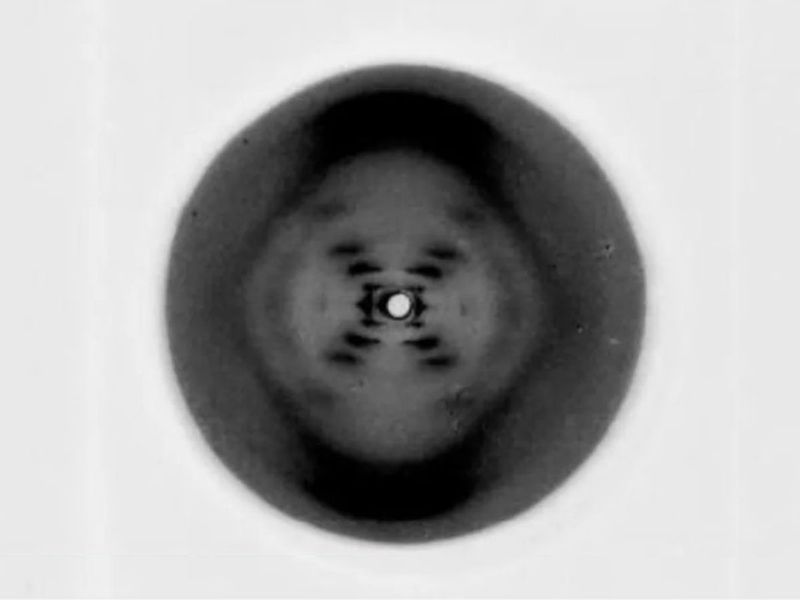
For 120 years, the Nobel Prize has been awarded to extraordinary minds around the world. But of all the 972 Nobel recipients so far, only 58 have been women – that’s less than six per cent.
Click start to play today’s Crossword, which recognises women Nobel laureates.
This year, the all-male line-up for medicine, physics and chemistry Nobel prizes reignited criticism of the awards’ persistent gender discrepancy. It’s not an unusual state of affairs, though – historically, most science, technology, engineering, and mathematics (STEM) awardees have been men. Through the years, women account for only three per cent of science category winners, and most of them have been awarded jointly with their male peers.
The gender gap doesn’t just exist in terms of award distribution. A 2018 study published by UK-based Nature Index, a database of author affiliations and institutional relationships, found that when women receive Nobel awards, they are likely to get a smaller share of the prize money, as well.
Yet, 2020 was a comparatively better year for women laureates – they accounted for four of 11 Nobel recipients. In fact, when female scientists Emmanuelle Charpentier and Jennifer Doudna were awarded the Nobel Prize in chemistry last year, it was the first time in Nobel history that a science award had been presented to a pair of women. And when astrophysicist Andrea Ghez picked up the Nobel for physics, she became only the fourth woman in history to receive the award.
But in the case of some women academics in years past, they have received neither the award nor the prize money, despite making outstanding contributions to their field. Instead, the accolades went to their male colleagues.
One famous example is that of English chemist Rosalind Franklin, who earned her doctorate in physical chemistry at Cambridge University, UK, in 1945. When she was working as a research associate a few years later at King’s College, London, Franklin met James Watson, Francis Crick and Maurice Wilkins, who were part of another research team.
One day, Franklin used X-ray crystallography – an X-ray diffraction analysis technique she had mastered – and successfully took a picture of DNA’s double-helix structure.

The picture was dubbed Photograph 51, and when Watson saw her photograph, he immediately published it in the UK-based journal, Nature. However, he didn’t mention her name or work in the article.
Although Franklin’s contributions were crucial in understanding the structure of DNA, the 1962 Nobel Prize went to her colleagues Watson, Crick and Wilkins, after her death from ovarian cancer in 1958. Much later in life, Franklin’s work was finally acknowledged – her legacy lives on at the Rosalind Franklin University of Medicine and Science in Chicago, US.
What do you think of the lack of female representation in the Nobel Prize? Play today’s Crossword and let us know at games@gulfnews.com.









